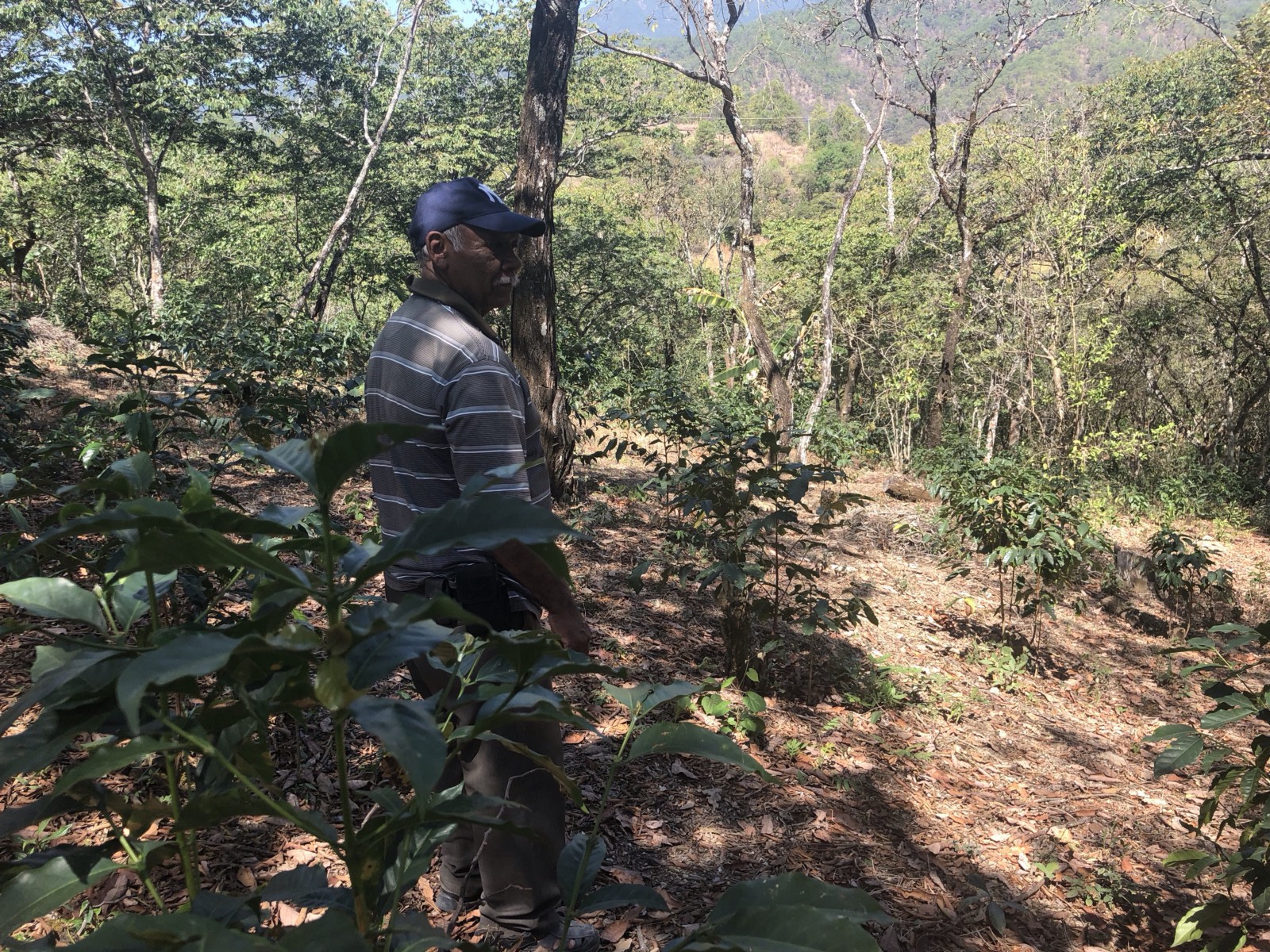What’s in a Name?
“Typica de Pluma” and coffee production in Teojomulco, Oaxaca
Standing out of the way in the Roman-Lopez family’s courtyard, we watched quietly and learned how locals near Teojomulco, Oaxaca practice delivering and receiving coffee. The Roman-Lopez’s courtyard functions as the local bodega (warehouse) where small scale growers bring their coffee already dried in parchment, which is weighed on arrival and paid for by the Roman-Lopez’s who eventually pool tiny local lots together and handle the next stage of transportation to dry milling.
Ask the locals what they grow, and they’ll tell you it’s Typica de Pluma — or Typica La Pluma — a regional typica propagated in the region for the last half century, and named for the small, isolated mountain range called Pluma de Hidalgo where the town of Teojomulco is central to daily life. They prize the varietal and tell you it’s famous for its sweetness and overall quality. Admittedly, I take any such claims with a grain of salt, as I doubt anyone has done a thorough comparison of typica varietals grown around Mexico to test the truth of these claims. To top it off, the days of Typica de Pluma may be numbered, with the coffee fungus Roya devastating local production and the ever growing threat of climate change looming, many locals are considering what else to plant.
Why, then, would we chose to name this coffee after the local varietal, rather than the town of Teojomulco, which plays a central role in getting the coffee to market?
It’s an underdog of a coffee, exceeding expectations and prospering despite the many obstacles of climate and economics. If our visit taught us anything, it’s that the community is catching on to specialty industry standards of lot separation, drying, and storage. With new varietals sure to come, we’re celebrating this year’s harvest for its quality and it’s back story, and excited to see quality production blossoming in Pluma de Hidalgo.





